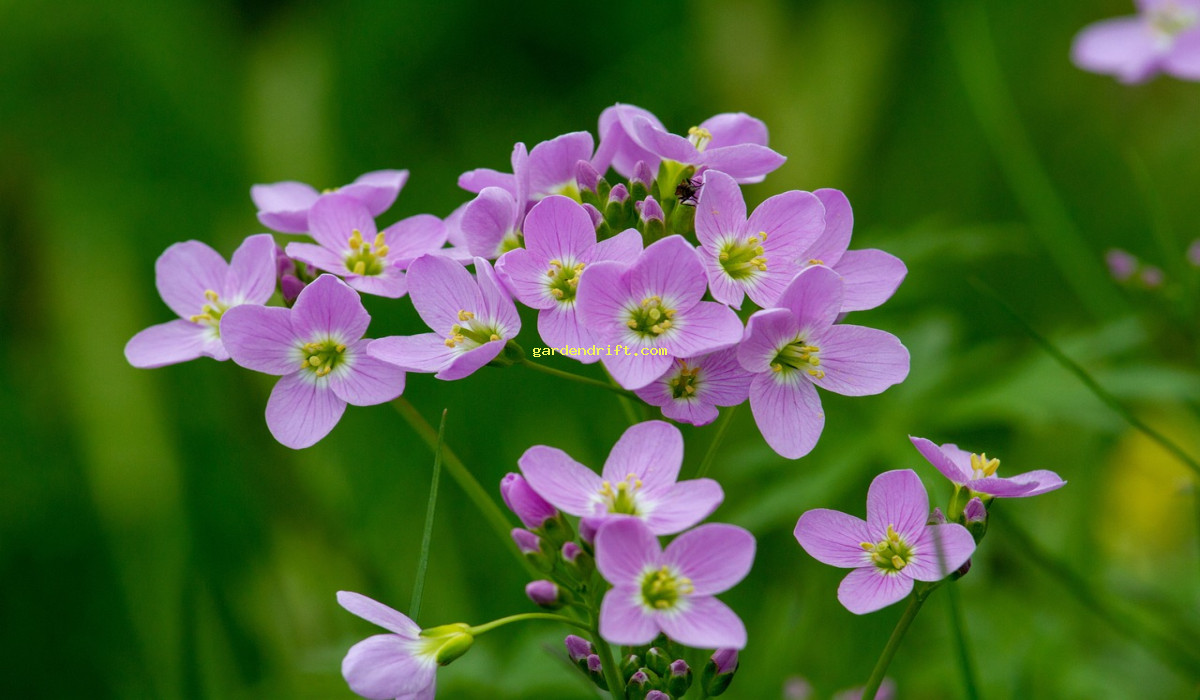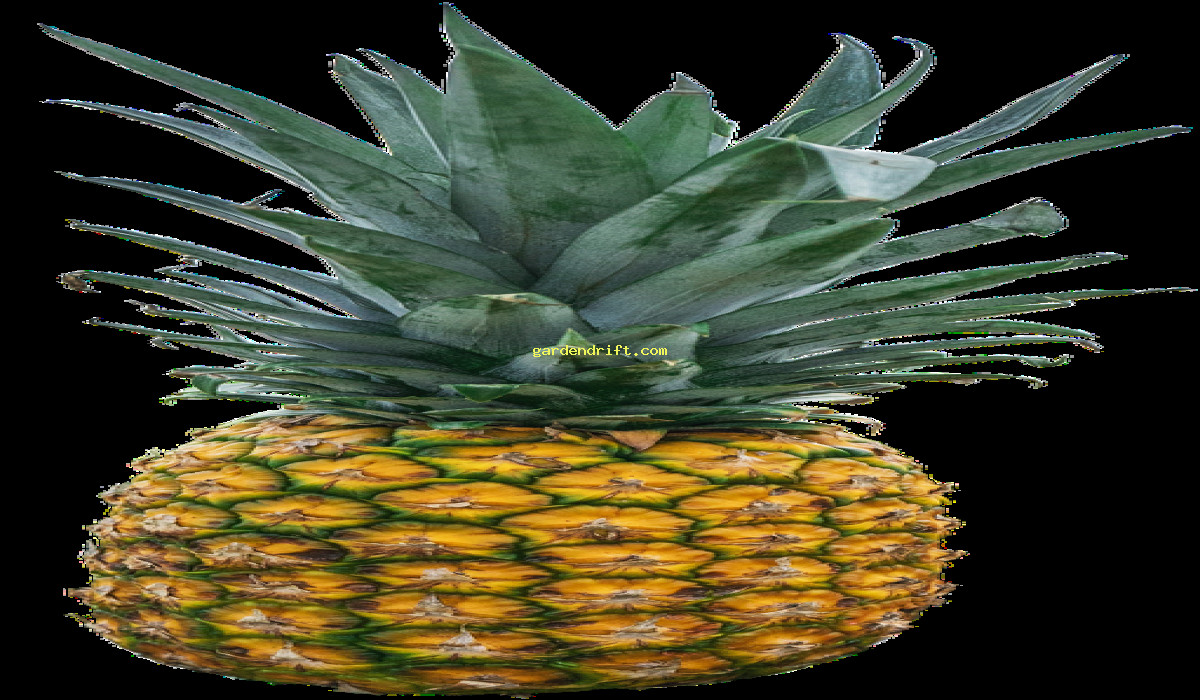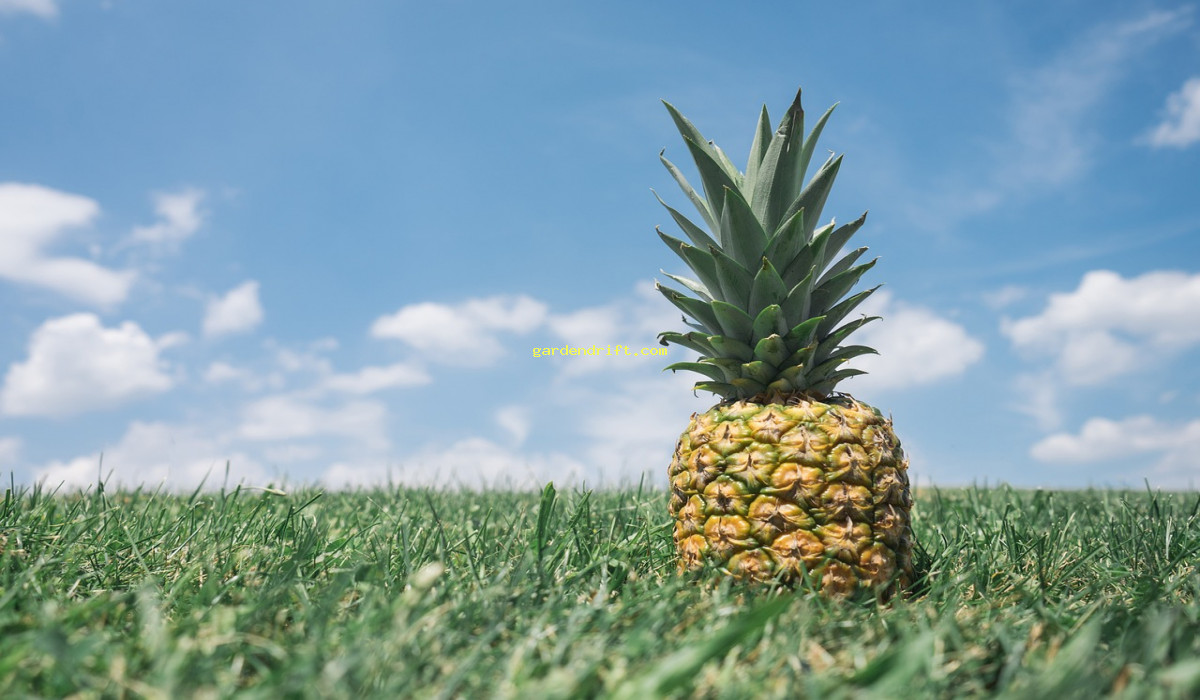Your Complete Guide to Easy & Effective Pineapple Plant Care Indoors: 10 Tips for Success.
Effective Pineapple Plant Care Indoors
Are you looking to bring a tropical touch to your indoor space? Look no further than the pineapple plant!

With proper care, this exotic plant can thrive indoors. Learn the essential tips for keeping your pineapple plant healthy and vibrant. From watering and fertilizing to providing enough sunlight, we’ve got you covered. Say aloha to a beautiful and low-maintenance addition to your indoor garden. Read on for all the must-know tips for pineapple plant indoor care. Your Complete Guide to Easy & Effective Pineapple Plant Care Indoors: 10 Tips for Success
Pineapple Plant Indoor Care: A Comprehensive Guide
Pineapple plants are beautiful and unique houseplants that can add a tropical touch to any indoor space. They are relatively easy to care for and can produce delicious fruit, making them a popular choice among plant enthusiasts. However, growing a pineapple plant indoors requires a bit more attention and care than other houseplants. In this guide, we will cover everything you need to know to successfully care for your pineapple plant indoors.
Choosing the Right Pineapple Plant
When selecting a pineapple plant for indoor care, you want to make sure you choose a healthy and mature plant. Look for a plant with vibrant and green leaves, as well as a good root system. Avoid plants with yellow or wilted leaves and weak stems.
Pineapple plants are categorized as bromeliads, which are a group of plants that grow on trees or rocks in tropical rainforests. They are native to South America and are adapted to warm and humid environments. Therefore, it is essential to choose a pineapple plant that is suited for indoor growing conditions.
Light and Temperature
One of the most critical factors in caring for a pineapple plant indoors is providing adequate light and temperature. Pineapple plants require bright, direct sunlight to thrive. Therefore, it is essential to place your plant in a location that receives at least six hours of sunlight per day. South-facing windows are ideal, but you can also use grow lights if natural light is unavailable.
Pineapple plants also prefer warm temperatures, ideally between 70-85°F. It is best to avoid placing your plant in areas where the temperature drops below 60°F. If you live in a colder climate, consider using a heating mat to provide additional warmth to your plant.
Watering Requirements
Proper watering is crucial for the health of your pineapple plant. These tropical plants thrive in humid environments, and it is essential to replicate this in indoor settings. It is recommended to water your pineapple plant using the soak and dry method – water thoroughly and allow the top inch of soil to dry out before watering again.
It is also essential to avoid letting your plant sit in water, as this can lead to root rot. Using well-draining soil and a pot with drainage holes can help prevent this issue. Additionally, you can increase humidity by misting your plant or placing it on a tray with pebbles and water.
Fertilizing your Pineapple Plant
Pineapple plants do not require frequent fertilizing, but a light feeding every few months can promote growth and flower production. Use a balanced, water-soluble fertilizer and apply it according to the instructions on the packaging. Avoid over-fertilizing, as this can lead to burnt roots and damage to your plant.
Repotting your Pineapple Plant
As your pineapple plant grows, it may outgrow its pot. Repotting is a necessary step to ensure the health and growth of your plant. Typically, you should repot your pineapple plant every 2-3 years or when it becomes root bound.
To repot your plant, choose a pot that is one size larger and use well-draining potting mix. Gently remove the plant from its current pot and replant it in the new one. Avoid damaging the roots during this process, and make sure to firm the soil around the base of the plant.
Pest Control
Pineapple plants are relatively pest-resistant, but they can occasionally be affected by mealybugs, scale insects, and spider mites. Keeping your plant in optimal conditions, including proper humidity and watering, can help prevent these pests.
If you notice signs of pest infestation, such as tiny white bugs or white webbing, try using a natural insecticidal soap or neem oil to treat your plant. It is essential to follow the instructions on the product label and conduct a patch test before applying it to your whole plant.
Preparing your Pineapple Plant for Flower Production
One of the most exciting aspects of caring for a pineapple plant is the potential to grow your own fruit. Pineapple plants typically take 18-24 months to flower and produce fruit, but the wait is worth it. To prepare your plant for flower production, follow these steps:
– As your plant begins to mature and grow larger, it may produce “pups” or “suckers” from its base. These are small plants that can be removed and repotted to create new pineapple plants.
– Once your pineapple plant reaches maturity, you may notice a pinkish flower bud forming in the center. It will take a few months for the flower to fully develop and open.

– When the flower begins to open, you can encourage fruit production by hand-pollinating the plant. Gently brush a paintbrush or cotton swab against the stamen to transfer pollen to the stigma.
– After pollination, you will see a small green fruit begin to form. It will take a few months for it to fully mature and ripen.
Harvesting your Pineapple Plant
Once your pineapple fruit has turned a golden-yellow color and is easy to remove from the plant, it is ready to be harvested. Use a sharp knife to cut the fruit off at the base. It is best to let the fruit ripen for a couple of days at room temperature before eating it.
Common Issues and Troubleshooting
Despite your best efforts, your pineapple plant may encounter some problems along the way. Here are a few common issues and how to troubleshoot them:
– Yellowing leaves: This could be a sign of overwatering or poor drainage. Adjust your watering schedule and ensure that your plant is not sitting in water.
– Brown or dry leaves: This could indicate a lack of humidity. Consider misting your plant or using a humidifier if the air is dry.
– No fruit production: If your plant is not producing fruit, it may be due to insufficient light or fertilizer. Make sure your plant is getting enough sunlight and give it a light fertilizer to promote flower production.
In Your Complete Guide to Easy & Effective Pineapple Plant Care Indoors: 10 Tips for Success

Your Complete Guide to Easy & Effective Pineapple Plant Care Indoors: 10 Tips for Success. plant healthy and Your Complete Guide to Easy & Effective Pineapple Plant Care Indoors: 10 Tips for Success
Pineapple Plant Indoor Care
If you’ve ever had the pleasure of tasting a fresh, ripe pineapple, you may have wondered if it’s possible to grow your own pineapple plant at home. The good news is that with the right care, you can successfully grow a pineapple plant indoors and enjoy the satisfaction of harvesting your very own tropical fruit.
Benefits of Growing a Pineapple Plant Indoors
Growing a pineapple plant indoors not only allows you to enjoy the delicious fruit, but it also adds a unique and tropical touch to your home decor. These plants are relatively low maintenance and can thrive in a variety of indoor environments.
- Pineapple plants can help purify the air in your home.
- You can grow a new plant from the top of a pineapple fruit, making it a cost-effective option.
- It’s a fun and rewarding activity for both kids and adults.
Light Requirements for Pineapple Plants
Pineapple plants require bright, indirect light to thrive. Placing your plant near a south or west-facing window is ideal. Avoid placing it in direct sunlight as this can cause the leaves to burn. In the winter months, you may need to supplement with artificial grow lights to ensure your plant gets enough light.
Watering and Humidity Needs
Pineapple plants need to be watered regularly to keep the soil moist, but not overly saturated. Allow the top inch of soil to dry out before watering again. In addition to regular watering, pineapples, like many tropical plants, benefit from increased humidity. You can increase the humidity around your plant by misting it or placing it on a tray filled with pebbles and water.
Soil and Fertilizer Requirements
Pineapple plants do best in well-draining, loamy soil. You can use a standard potting mix or create a mixture of equal parts compost, sand, and perlite. Fertilize your plant every two to three months with a balanced fertilizer that’s high in nitrogen, phosphorus, and potassium.
Pest Control for Pineapple Plants
Pineapple plants are relatively pest-resistant, but they can still fall victim to common indoor pests like mealybugs and spider mites. Regularly inspect your plant for any signs of pests, such as webbing, white powder, or tiny insects. If you spot any pests, remove them with a cotton swab dipped in rubbing alcohol. You can also prevent pests by keeping your plant clean and using an organic insecticidal soap.
Propagating Pineapple Plants
One of the most exciting parts of growing pineapple plants is propagating them from a pineapple fruit. Look for a pineapple with healthy, green leaves and cut off the top section, including the crown and about an inch of flesh.

Allow the cut section to dry for a few days before planting it in well-draining soil. Keep the soil moist and place your new plant in a warm, sunny location.
Harvesting Pineapples
It takes about 18-24 months for a pineapple plant to produce fruit, but the wait is worth it! Once you see a pineapple fruit begin to develop, it’s essential to support it with a stake or piece of bamboo to prevent it from breaking off the plant. When the fruit is fully ripe, it will be mostly yellow, and the leaves around the top will easily pull away. Carefully twist the fruit off the plant, and it’s ready to eat!
Common Questions About Pineapple Plant Indoor Care
How often should you fertilize a pineapple plant?
Fertilize your pineapple plant every two to three months with a balanced fertilizer.
Do pineapple plants need a lot of sun?
Yes, pineapple plants require bright, indirect light to thrive. Placing them near a sunny window is ideal.
How often should I water my pineapple plant?
Water your pineapple plant regularly, allowing the top inch of soil to dry out in between waterings.
When is a pineapple plant ready to harvest?
It takes about 18-24 months for a pineapple plant to produce fruit, and it’s ready to harvest when it is mostly yellow and the top leaves are easily removable.
Enjoy Your Indoor Pineapple Plant
Growing a pineapple plant indoors can be a unique and rewarding experience. With the right care and patience, you can enjoy your very own tropical fruit right at home. Share your success with friends and family and add a touch of the tropics to your living space!
Effective Pineapple Plant Care Indoors:
Your Complete Guide to Easy & Effective Pineapple Plant Care Indoors: 10 Tips for Success

Are you looking to bring a tropical touch to your indoor space? Look no further than the pineapple plant! With proper care, this exotic plant can thrive indoors. Learn the essential tips for keeping your pineapple plant healthy and vibrant. From watering and fertilizing to providing enough sunlight, we’ve got you covered. Say aloha to a beautiful and low-maintenance addition to your indoor garden. Read on for all the must-know tips for pineapple plant indoor care.. pineapple Your Complete Guide to Easy & Effective Pineapple Plant Care Indoors: 10 Tips for Success
How often should I water my indoor pineapple plant?
Indoor pineapple plants should be watered once a week, keeping the soil evenly moist but not waterlogged Effective Pineapple Plant Care Indoors:.
What is the best location for my indoor pineapple plant?
A: Place your indoor pineapple plant in a spot that receives bright, indirect sunlight for at least 6 hours a day.
Can I grow an indoor pineapple plant from a store-bought pineapple top?
Yes, you can grow an indoor pineapple plant from a store-bought pineapple top Effective Pineapple Plant Care Indoors:. Simply twist off the top and remove any excess fruit. Let the top dry for a few days before planting it in well-draining soil.
How tall will an indoor pineapple plant grow?
An indoor pineapple plant can grow up to 3 feet tall Effective Pineapple Plant Care Indoors:, depending on the variety. It is best to choose a dwarf variety if you have limited space.
What type of soil is best for indoor pineapple plants?
Indoor pineapple plants prefer well-draining soil that is rich in nutrients Effective Pineapple Plant Care Indoors:. A mix of potting soil and sand is ideal.
Do indoor pineapple plants need fertilizer?
Yes, indoor pineapple plants benefit from a balanced fertilizer every 2-3 months during the growing season.
How long does it take for an indoor pineapple plant to produce fruit?
From the time of planting Effective Pineapple Plant Care Indoors:, it can take anywhere from 18 months to 2 years for an indoor pineapple plant to produce fruit.
Can I keep my indoor pineapple plant outside during the summer?
Yes, you can keep your indoor pineapple plant outside during the summer Effective Pineapple Plant Care Indoors:, as long as it is not in direct sunlight and the temperature does not drop below 60°F.
How do I know when my indoor pineapple plant is ready to harvest?
Pineapples are ready to harvest when the fruit turns golden in color and smells sweet Effective Pineapple Plant Care Indoors:. You can also gently tug on the fruit and if it comes off easily, it is ripe.
Do I need to hand pollinate my indoor pineapple plant?
No, indoor pineapple plants are self-pollinating and do not require hand pollination Effective Pineapple Plant Care Indoors:.
Can I repot my indoor pineapple plant?
Yes, as your indoor pineapple plant grows, you may need to repot it into a larger container every 1-2 years.
Should I prune my indoor pineapple plant?
Pruning is not necessary for indoor pineapple plants. However Effective Pineapple Plant Care Indoors:, you can remove any dead or damaged leaves to promote new growth.
Can I propagate my indoor pineapple plant?
Yes, you can propagate your indoor pineapple plant by removing and planting the offshoot that grows at the base of the mother plant.
How do I keep pests away from my indoor pineapple plant?
Regularly inspect your indoor pineapple plant for pests such as aphids or mealybugs Effective Pineapple Plant Care Indoors:. You can use an organic pesticide or insecticidal soap to get rid of them.
Do I need to prune the roots of my indoor pineapple plant?
No, indoor pineapple plants do not require root pruning. However, if the roots become too crowded, you can repot the plant into a larger container. Your Complete Guide to Easy & Effective Pineapple Plant Care Indoors: 10 Tips for Success
